Discover 77 yoga poses to relieve stress, boost mental well-being, and find calm with simple relaxation techniques for everyday life.
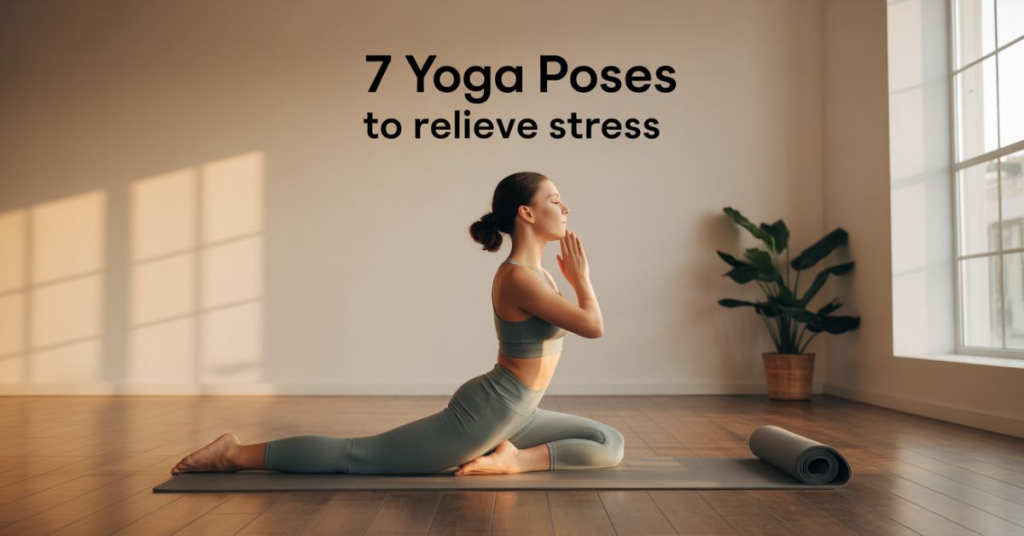
Life in the USA moves fast, and many people struggle with tension, anxiety, and long work hours. That’s where Yoga steps in. For centuries, people have trusted it as a natural tool for stress relief. It combines muscle stretching, breathing exercises, and stillness to bring peace. Even in today’s world, healing with yoga is more important than ever.
When you practice regularly, you feel both physical and emotional calm. These calming yoga techniques release tension in your body and give your mind space to breathe. The poses may look simple, but they improve mental well-being, balance your thoughts, and help with anxiety reduction.
Health Benefits of Yoga for Stress and Anxiety
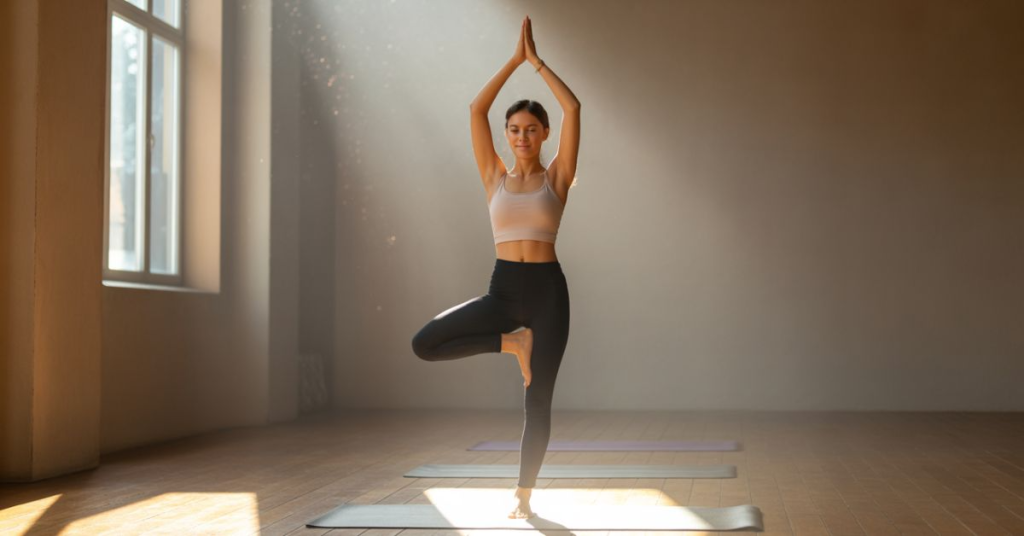
The mental health benefits of yoga are backed by research. It reduces cortisol, which is the stress hormone, and improves heart rate control. This means your body learns to relax instead of staying in fight-or-flight mode all the time. Yoga for anxiety and relaxation also helps you sleep better, focus longer, and recover from emotional burnout.
Physically, the benefits of yoga for stress are just as powerful. Gentle stretching increases blood flow, strengthens muscles, and helps with spine alignment. People often report fewer headaches, less back pain, and improved flexibility. Many even use restorative yoga poses during their healing process after illness or weight loss surgery.
Best Yoga Poses to Relieve Stress Quickly
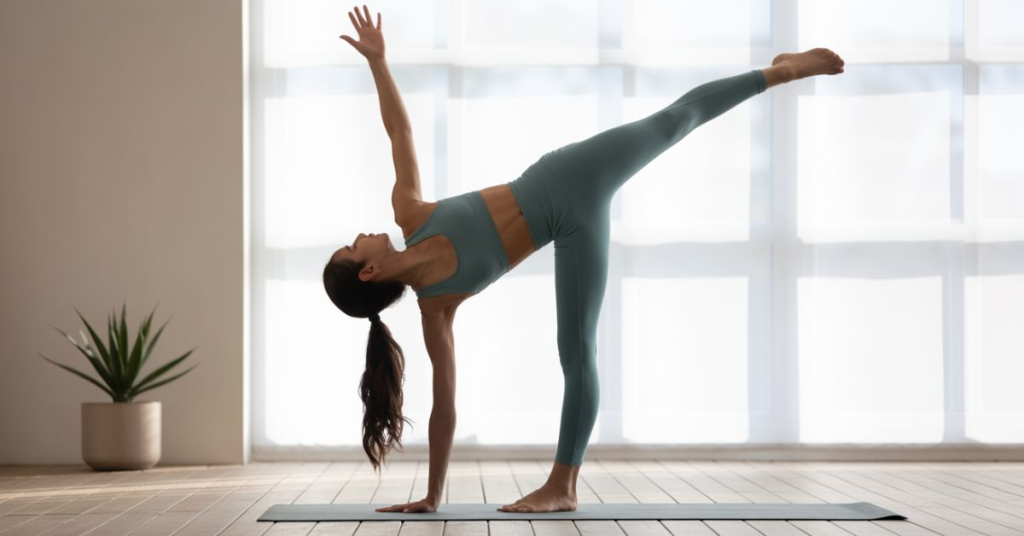
To lower stress, you don’t need to spend hours on a mat. Just a few minutes of these seven poses can help you reset. They are simple, safe, and work for both beginners and advanced students.
Standing Forward Bend
This posture lets your head hang down, calming the nervous system and reducing tension. It increases blood flow to the brain, which clears mental fog. Many office workers find it helps after long hours of sitting because it relaxes the spine and legs.
Cat-Cow Pose
The Cat-Cow Pose is a gentle flow between arching and rounding your back. This movement improves spine alignment, opens the chest, and supports deep breathing. It’s one of the best gentle yoga stretches for stress, especially when done with slow breathing exercises.
Easy Pose
The Easy Pose is simple but powerful. Sitting cross-legged with a straight spine helps with relaxation and mindfulness. By adding slow yoga breathing exercises, you create stillness that calms your thoughts. It’s often the first pose taught in yoga for beginners stress relief.
Head to Knees Forward Bend
This posture stretches the hamstrings while lowering the head, which signals the body to relax. It improves flexibility and helps release stored stress. Many people also find it useful for yoga for back pain and flexibility, especially students who sit for hours.
Bridge Pose
The Bridge Pose opens the chest and strengthens the lower body. It improves blood circulation and boosts energy while reducing fatigue. Doctors often recommend it as part of body healing after surgery or as safe yoga poses after bariatric surgery.
Corpse Pose
The Corpse Pose may look like just lying down, but it is the deepest of all relaxation techniques. It allows your mind and body to fully let go. Many people combine it with meditation or visualization for better emotional balance and stress recovery.
Child’s Pose
The Child’s Pose is one of the most comforting restorative yoga poses. It gently stretches the back, hips, and shoulders. People use it often during yoga for anxiety and relaxation, since it feels like a safe posture that releases hidden tension.
Breathing and Relaxation Techniques (Pranayama)
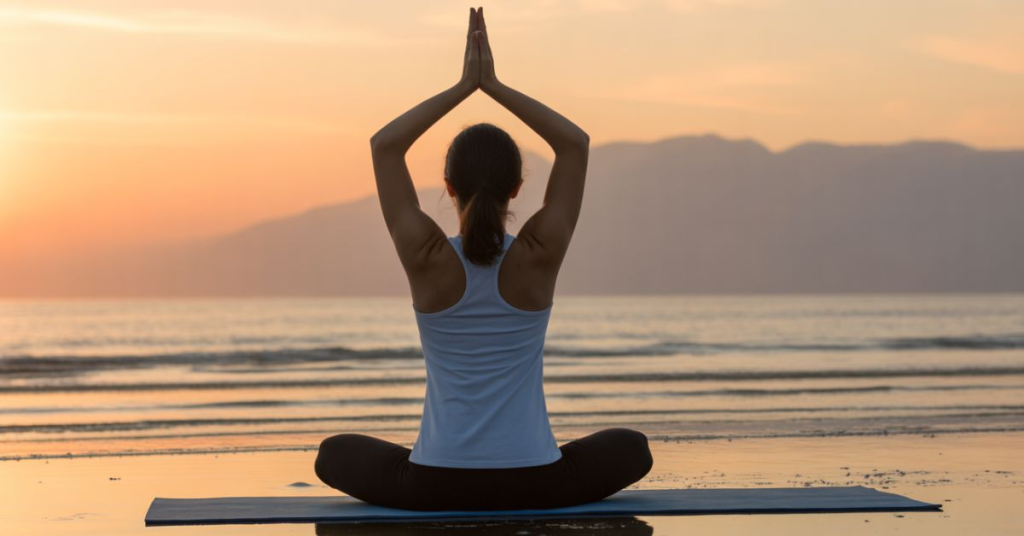
Breath is life, and in Yoga, it is the key to peace. Simple breathing exercises like alternate nostril breathing or slow belly breaths lower your heart rate and reduce stress hormones. This makes them essential for stress relief through yoga.
Adding these relaxation techniques during poses deepens their effect. You don’t just stretch your body—you give your mind a chance to pause. Even five minutes of yoga breathing exercises can change how you feel for the whole day.
Yoga for College Students: Stress Management on Campus
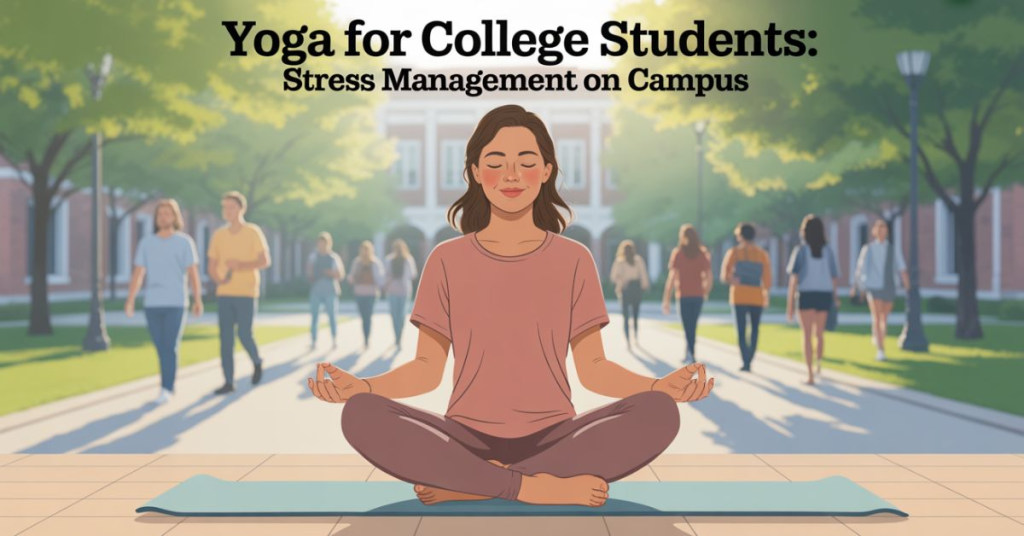
Students in the USA often deal with heavy workloads and constant pressure. Many experience anxiety, poor sleep, and fatigue. Simple calming yoga techniques are a free and powerful way to restore balance.
Dorm rooms or libraries aren’t barriers. Poses like Easy Pose or Child’s Pose can be done anywhere. With consistent practice, yoga for beginners stress relief helps students improve focus and enjoy better mental clarity.
Combining Yoga with Meditation and Visualization
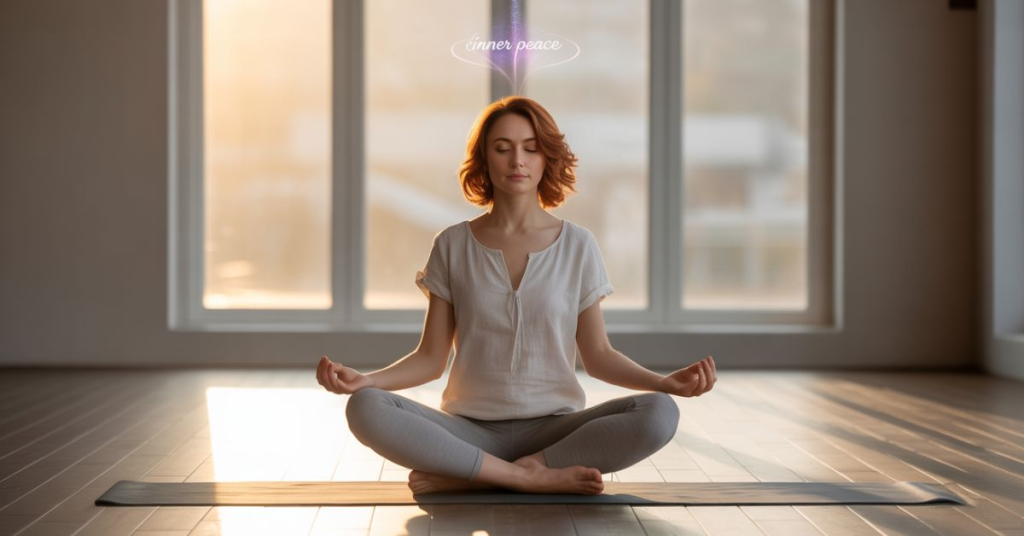
When you add meditation to Yoga, stress levels drop even faster. Poses quiet the body, while mindfulness and visualization clear the mind. This blend creates full relaxation and mindfulness that lasts beyond the mat.
For example, after finishing Corpse Pose, try visualizing a peaceful place. This strengthens your ability to stay calm even in stressful daily life. The mix of yoga for emotional balance and healing with yoga is powerful for mental and physical health.
How Often Should You Practice Yoga for Stress Relief?
The key to results is consistency. Practicing three to four times a week brings noticeable changes in mental well-being and physical health. Even ten minutes daily of gentle yoga stretches can shift your mood.
For beginners, short sessions are enough. Over time, you can add more poses and even explore yoga for weight loss recovery or healthy lifestyle after surgery. The routine should feel enjoyable, not forced.
Common Mistakes to Avoid in Stress-Relief Yoga
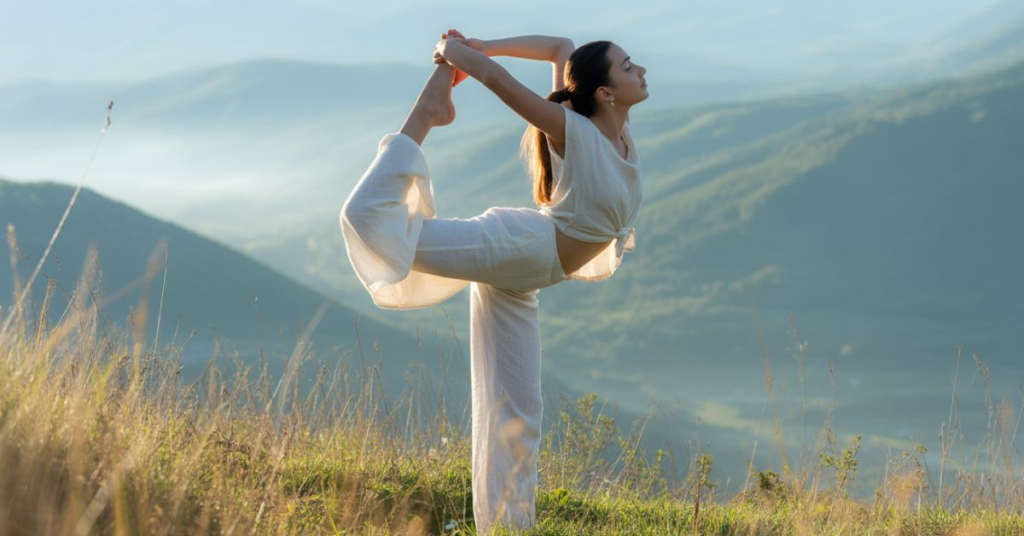
Some people push too hard when they start. Overstretching or ignoring pain can lead to injuries instead of calm. The goal is not perfection but balance. Always choose restorative yoga poses when you feel tired.
Another mistake is forgetting breath. Holding your breath during a pose increases stress instead of lowering it. Focus on smooth, deep breathing exercises to enhance every posture and complete the healing process.
Conclusion
Stress is part of modern life, but you don’t have to let it control you. These seven Yoga poses to relieve stress create space for calm, strength, and clarity. Combined with relaxation techniques, they bring lasting peace.
By practicing daily, you build more than flexibility—you create emotional stability. Whether you’re healing after bariatric surgery, seeking yoga for emotional balance, or simply needing calm after work, Yoga offers a path to a healthier, stress-free life.
FAQs
Which yoga pose is best for quick stress relief?
The Child’s Pose works best for quick stress relief. It calms the nervous system, relaxes the spine, and helps reduce anxiety almost instantly.
Can yoga really help with anxiety and mental health?
Yes, Yoga combines breathing exercises, Mindfulness, and gentle movements that promote mental well-being. Studies show regular practice lowers anxiety and stress hormones.
How long should I hold each yoga pose for stress relief?
Hold poses like Standing Forward Bend or Bridge Pose for 30–60 seconds. For deeper relaxation techniques, you can stay in Corpse Pose for 5–10 minutes.
Is yoga safe after bariatric surgery or weight loss surgery?
Yes, but only under guidance. Gentle yoga stretches such as Easy Pose or Cat-Cow Pose can support the healing process and help maintain a healthy lifestyle after surgery.
How often should I practice yoga for stress and anxiety reduction?
Practicing Yoga 3–4 times a week improves mental well-being and spine alignment. Daily short sessions of relaxation and mindfulness also bring great results.





Leave a Reply